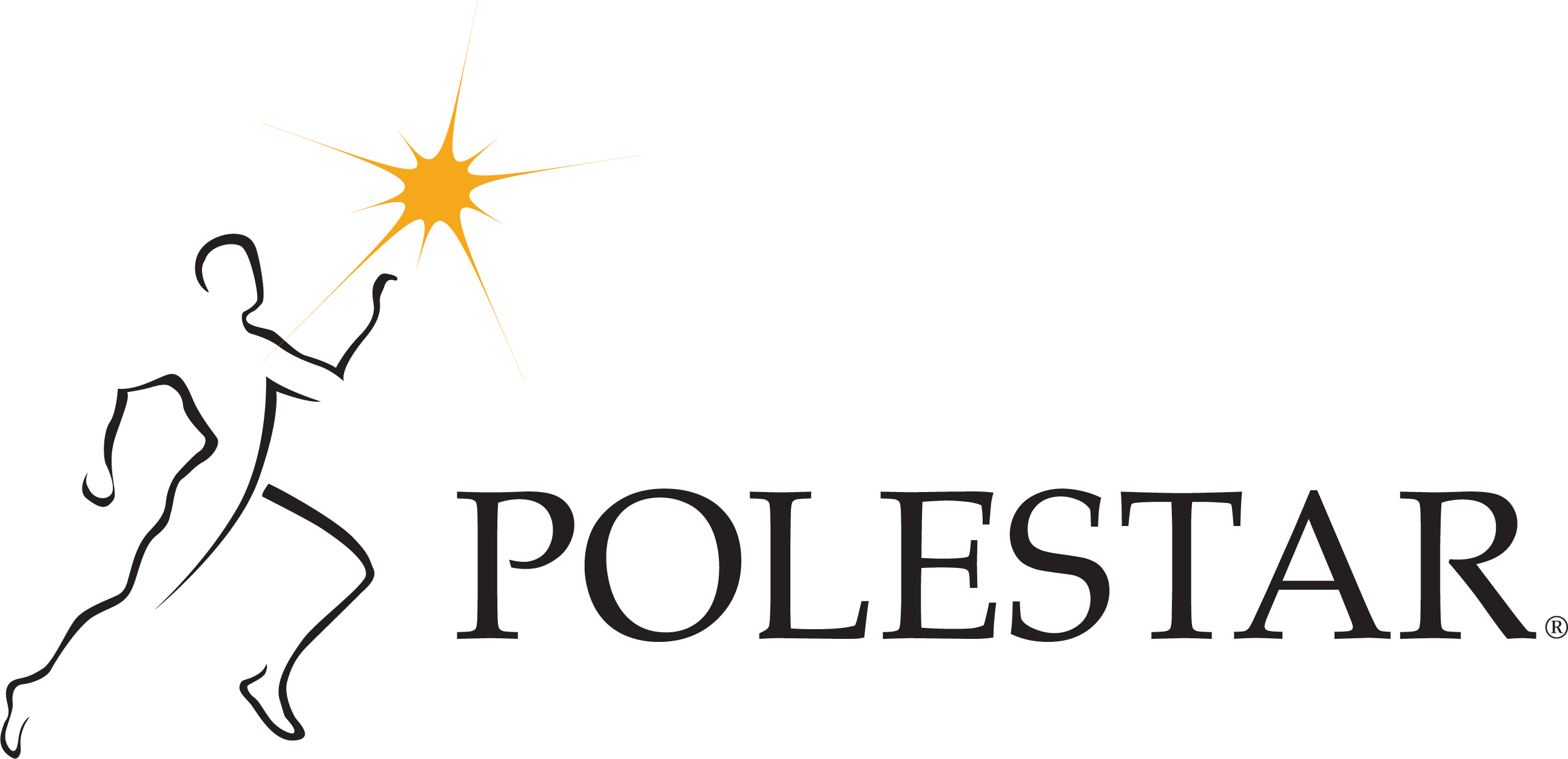
“NECESSITY IS THE MOTHER OF ALL INVENTION.”
When Daniel Vledata needed a way to make sure his clients were practicing their at home exercises safely and correctly he invented the Oov. The Oov is a unique alternative to foam rollers and rolled towels as a supportive exercise device. When a person simply lays on the Oov, it elongates the spine, comfortably supports the client throughout the exercise, and destabilizes the body which automatically engages the core, and allows them to practice balance a safe distance from the ground. He found that after his clients began to use the Oov to do their homework, not only did they complete the homework but they were also motivated to keep improving.
Vladeta wasn’t the only one to discover this: more than 300 clinics are now using the Oov and more than 900 practitioners have been trained in using the Oov internationally. His work has led him to collaborate with the Physiotherapy Team for the Australian Olympic Team in 2012, as well as provide consulting to other professional sporting teams.
Hear from the creator:
HERE ARE SOME KEY ASPECTS OF THE OOV THAT FACILITATE STABILITY AND MOTOR CONTROL:
“…the best position to start core stability is in Axial Elongation”
-Vleeming
AXIAL ELONGATION
When someone first lies on the Oov, the shape of the Oov gently supports the 3 curves of the spine, and due to the design, also axially elongates the spine. This is because of to the slight decline in the shape of the Oov, which gently decompresses the spine. Finally, the head is slightly below the hips, meaning the user cannot use their secondary respiratory muscles, and as they relax will go into diaphragmatic breathing naturally, without cueing, helping to regulate the parasympathetic nervous system, and initiating the relationship between the diaphragm and the pelvic floor, the top and bottom of the core, which is essential for core stability.

SCAPULAR CUTAWAYS
The scapula act as the kneecaps for our pelvis, allowing through their position and the activation of the slings, force closure of the sacroiliac joints (SIJ) and allows for exponentially larger loads to be transmitted through the pelvis. For this to occur, proper tracking of the scapulae is essential. Rib position can affect scapular tracking, and being in axial elongation positively helps this. The ability of the scapulae to move is also essential to train the body for normal function. The scapulae cannot move when lying on the floor or on equipment, which inhibits their movement. The scapulae not being able to move affects the ability to initiate the slings to force close the SIJ. Therefore proper training is an essential part of the stability of our system, as is retraining certain ineffective strategies used to try to create stability.


“The role of motor learning and neuroplasticity in designing rehabilitation approaches for musculoskeletal pain disorders”
-Boudreau SA et al Man Ther 2010
ROTATIONAL INSTABILITY
The design of the Oov allows the pelvis to move in all 3 planes, however the main instability is rotational, and this is intentional. Rotational instability elicits the greatest response from our core, but also takes away the ability to use rotation and rotational torque as a stabilizer of the trunk. The brain will use whatever strategy it can to obtain stability, and an allostatic one is rotation. As twisting up a towel to flick it created rigidity, so to the body twists to increase its rigidity. On the Oov, when this strategy is employed by the brain, the immediate feedback is one of falling off, and the brain stops using this strategy. This is extremely powerful as an assessment, but also then allows us to facilitate new strategies through position and tasks for the brain to create stability.
Another strategy also commonly used is the Rigidity strategy. As using the Oov involves balancing, the more rigid we are the less we are able to balance. Using the Oov allows the user to look for new strategies. By facilitation and customization of position and task, we can influence very quickly changes in recruitment, kinematics and motor control.
Daniel Vladeta is an Osteopath, neuroscientist, medical research engineer and lecturer. As of 2008, he is also creator of the OOV, a bio-feedback device with an unstable base to be used for rehabilitation and functional activities. Since then he has been working with physiotherapists, exercise physiologists, strength and conditioning coaches and athletic trainers. Daniel created the comprehensive educational training program, and has developed workshops to educate practitioners in the specific use and application of the Oov.
Daniel will be touring around the US, teaching people how to use this revolutionary device and apply it to Pilates. For more information and cities near you, visit the website.




